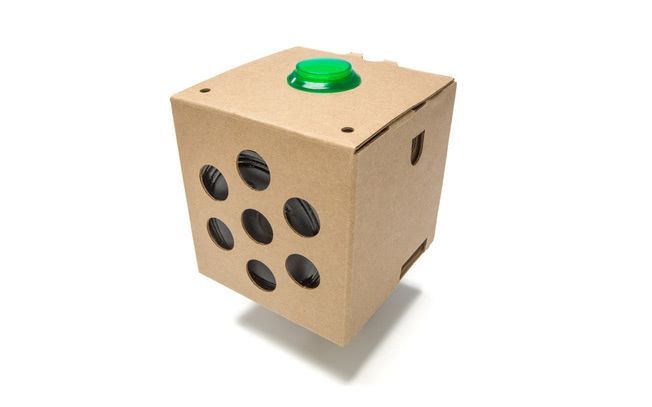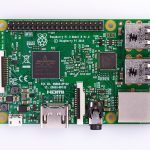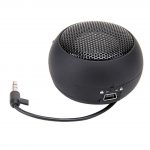As a huge fan of the Raspberry Pi, I’m always looking for cool new projects to try. Google had released a free hardware kit with Issue 57 of the MagPi magazine. The kit included a Pi Voice Hat, a microphone board, speaker, a “traditional google” card board case and various bits to put it all together. Apparently this is Google’s answer the Raspberry Pi Amazon Echo that was released last year.

If you were lucky enough to get your hands on the kit, I hope you put it to good use. They were in limited supply and are sold out at this point. Maybe they will make another run and sell them in the Google store?
If you still want to try this project with out the kit you can! Google has published instructions.
Supplies you will need
Raspberry Pi 3 Model B and power supply
Speaker (see recommended USB or 3.5mm-jack)
 An SD card with NOOBS pre-installed.
An SD card with NOOBS pre-installed.
NOOBS is an OS installer that contains Raspbian by default and simplifies OS setup.
Other Important Items
A monitor with an HDMI cable.
Let’s Get Building
- Set up hardware and network access.
- Configure a developer project and account settings.
- Configure and test the audio.
- Configure and run the sample.
The links above will take you to Google’s developer network and give step by step instructions to have your AIY (Artifical Intelligence Yourself) up and running in no time.
Anyone curious how this works?
As with many applications these days the heavy lifting is done in the cloud. Triggering the Google AIY with a push of a button or clap of the hand instructs the Pi to begin recording your voice. The audio stream is sent to the Google cloud mind where your speech is converted to text. Your request is processed and the result is sent back to your Pi and spoken over the speaker using the text to speech engine. Simple eh? Just understand with all the AI systems, Google, Amazon Echo, Siri, etc the computing is done on outside servers and just the result of your request is sent back to your smart device. Makes them sound kind of dumb if you ask me.
If you manage to complete this project with out the kit successfully let me know in the comments. I am working on mine right now and will post a video once it has been completed.
I feel this is a great service to the DIY community. Obviously Google and Amazon want as many users as possible running their AI software. The more users the more related hardware they can sell, plus they can continue to make the AI more intelligent by analyzing all the requests and tweaking the software over time. Plus I’m sure from a marketing stand point they love knowing what we are asking these machines to do,
Thank you for reading my blog
-Joe
Related Posts – Block Internet Advertising With Raspberry Pi Hole






